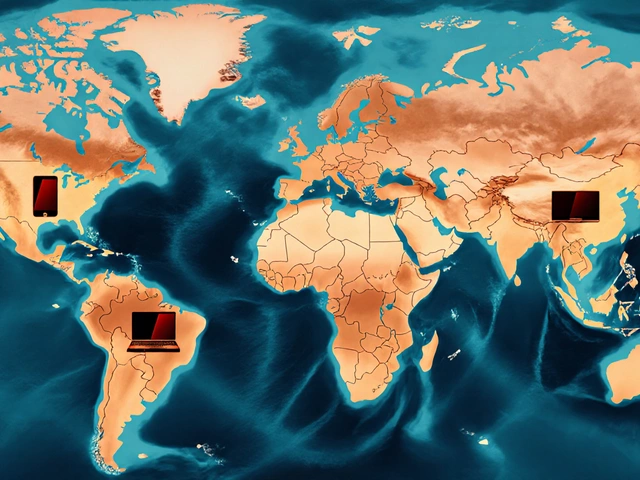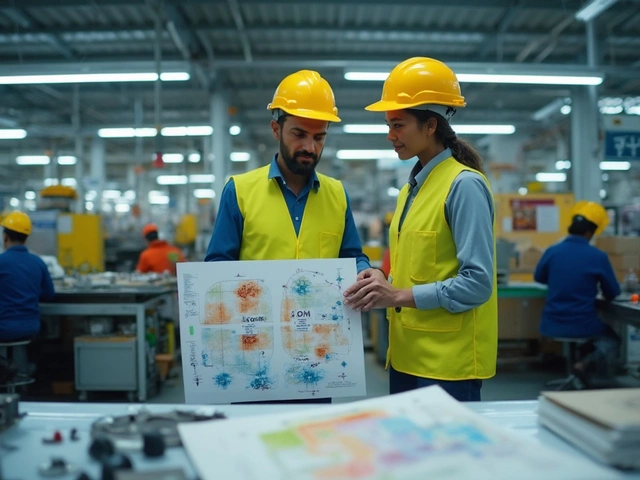Plastic Recycling – Why It Matters and What’s Changing
When looking at plastic recycling, the process of turning discarded plastic into new, usable material. Also known as plastic reprocessing, it helps cut waste, lower carbon emissions, and reduce reliance on virgin resin. This topic isn’t just about melt‑and‑mold factories; it touches everything from consumer packaging to large‑scale manufacturing strategies.
One of the biggest sub‑categories driving the conversation is code 5 plastic, polypropylene used in food containers, automotive parts, and textiles. Because polypropylene is lightweight, tough, and inexpensive, it shows up in everyday items. Its high recyclability makes it a prime candidate for circular‑economy schemes, yet many recycling streams still struggle to sort it efficiently.
Key Drivers Behind the Shift to Plastic Recycling
Government action plays a huge role. In 2025 India rolled out a single‑use plastics ban, a comprehensive restriction on disposable bags, cutlery, and packaging. The ban forces manufacturers to rethink product design, lean on recycled content, and invest in alternative materials. As a result, demand for reliable recycling infrastructure has spiked.
At the same time, plastic pollution, the accumulation of plastic waste in oceans, rivers, and landscapes continues to dominate headlines. Public pressure and media coverage push companies to adopt greener practices, and investors increasingly favor firms with strong ESG scores. This social momentum fuels innovations like chemical recycling, which breaks polymers back into monomers for high‑quality reuse.
From a business angle, plastic recycling offers a clear economic incentive. Companies can reduce raw‑material costs by up to 30% when they integrate recycled resin into their supply chain. Moreover, many brands tout recycled content as a marketing advantage, attracting eco‑conscious shoppers and meeting retailer sustainability standards.
Technology is another catalyst. Advanced sorting systems using AI and near‑infrared spectroscopy now separate different polymer types with unprecedented accuracy. These tools make it easier to isolate code 5 plastic from mixed waste, improving the overall recovery rate. Simultaneously, new catalytic processes turn mixed plastics into fuels or chemicals, expanding the value proposition beyond traditional mechanical recycling.
When you combine policy, public sentiment, cost savings, and tech progress, the ecosystem around plastic recycling becomes a powerful engine for change. Manufacturers that ignore it risk higher compliance costs, brand damage, and lost market share, while early adopters can leverage recycled inputs for competitive advantage.
Below you’ll find a curated collection of articles that dig deeper into each of these angles— from the supply chains behind IKEA’s furniture to the specifics of Code 5 plastic safety, the impact of India’s single‑use plastics ban, and the broader fight against plastic pollution. These pieces will give you practical insights, data‑backed analysis, and real‑world examples to help you navigate the evolving world of plastic recycling.

Ever wondered why some plastics pile up instead of being recycled? This article breaks down which types of plastic can't be recycled, why they're a headache for manufacturing, and what you can do about it. We'll cover the most common non-recyclable plastics, recognize their codes, and share tips for reducing plastic waste in practical ways. Discover the real-world impact on manufacturing and what's changing in 2025. Get straightforward answers and ideas you can use right now. (Read More)







